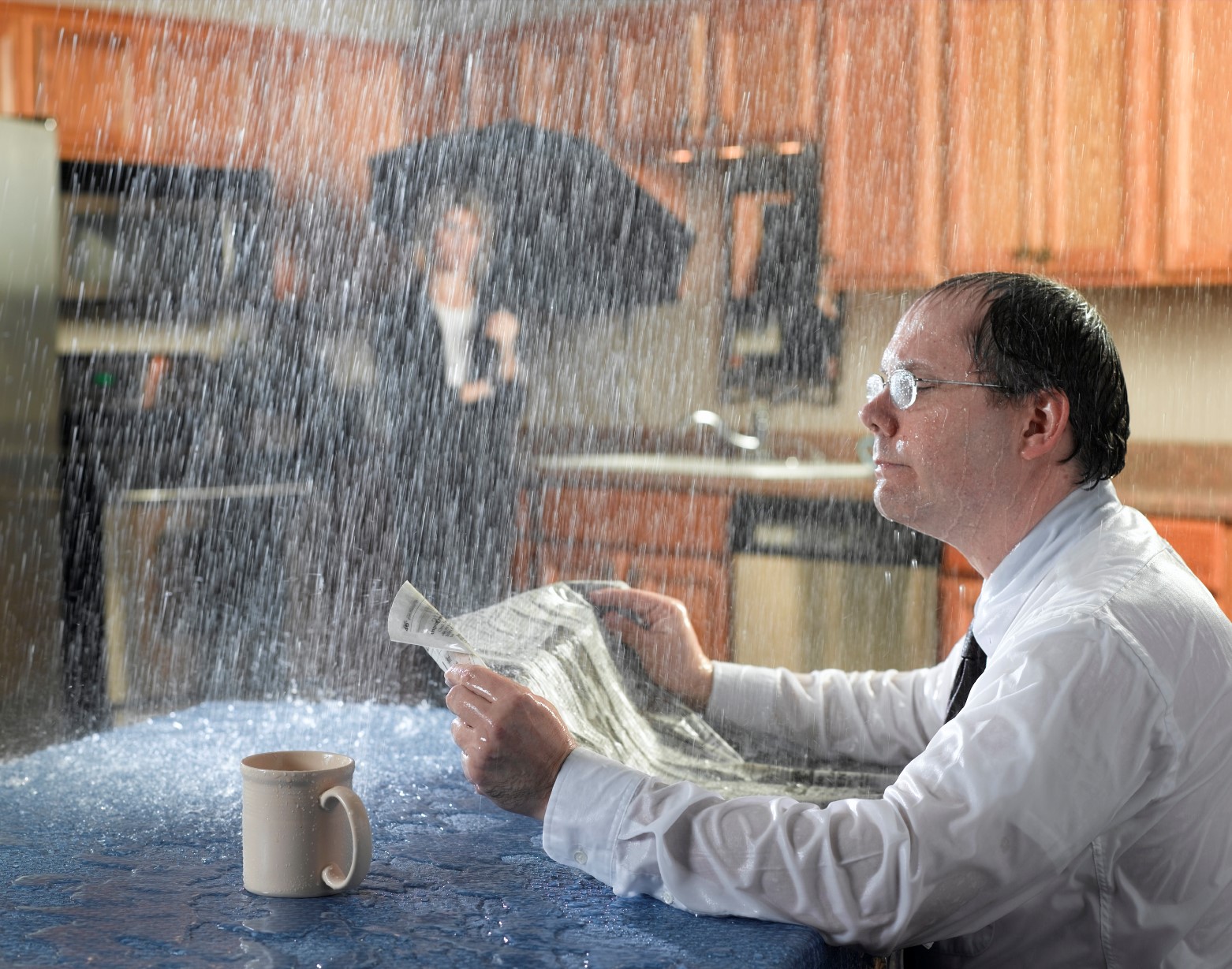The Six Most Common Sources of Water Leaks in Your Home: How to Identify and Address Them
The Six Most Common Sources of Water Leaks in Your Home: How to Identify and Address Them
Blog Article
On this page down the page you can discover lots of extremely good material related to How to Find Water Leaks.

Leaks not only create waste of water but can also cause unnecessary damages to your residence and advertise undesirable natural development. Regrettably, water leakages might go unnoticed given that the majority of the pipework in our house is hidden. By looking and understanding for day-to-day circumstances that trigger leaks, you can protect your residence from future leakages as well as unnecessary damages. Today, we will look at six leak creates that may be causing your pipelines to drip.
Immediate temperature adjustments.
Severe temperature modifications in our pipes can cause them to broaden and also contract unexpectedly. This growth as well as tightening may cause cracks in the pipes, specifically if the temperature level are listed below cold.
Corroded water supply
This could be the reason of discoloration or warping on your water pipes. If our plumbing system is old, think about changing the pipelines given that they are at a higher risk of corrosion than the more recent models.
Defective Pipeline Joints
Pipeline joints can degrade over time, resulting in water leakages. If you have noisy pipes that make ticking or banging noises, especially when the hot water is turned on, your pipeline joints are possibly under a great deal of pressure.
Trespassing roots
A lot of water leaks begin outside the residence rather than inside it. You might see wet patches or sinkholes in your lawn, and that could suggest that tree origins are getting into water lines causing water to seep out.
Poor Water Connectors
At times, a leakage can be caused by loosened hoses as well as pipelines that supply your devices. In instance of a water connections leak, you might discover water running straight from the supply line or puddles around your home appliances.
Obstructed Drains
Obstructed drains may be irritating and also inconveniencing, but they can often wind up causing an overflow leading to rupture pipelines. Keep eliminating any kind of materials that may decrease your drains that might obstruct them to avoid such hassles.
All the above are sources of leakages however not all water leakages result from plumbing leaks; some leaks could originate from roofing system leaks. All leakages need to be repaired promptly to stay clear of water damage.
Leaks not only trigger waste of water yet can additionally cause unneeded damages to your residence and promote unwanted organic development. By recognizing and looking for day-to-day situations that trigger leaks, you can secure your residence from future leaks as well as unneeded damages. Today, we will certainly look at 6 leakage creates that might be causing your pipes to drip.
At times, a leak can be caused by loose hose pipes and pipes that provide your devices. In instance of a water links leakage, you might see water running straight from the supply line or pools around your home appliances.
How To Check For Water Leak In Your Home
How To Check for Leaks
The average household's leaks can account for nearly 10,000 gallons of water wasted every year and ten percent of homes have leaks that waste 90 gallons or more per day. Common types of leaks found in the home are worn toilet flappers, dripping faucets, and other leaking valves. These types of leaks are often easy to fix, requiring only a few tools and hardware that can pay for themselves in water savings. Fixing easily corrected household water leaks can save homeowners about 10 percent on their water bills.
To check for leaks in your home, you first need to determine whether you're wasting water and then identify the source of the leak. Here are some tips for finding leaks:
Take a look at your water usage during a colder month, such as January or February. If a family of four exceeds 12,000 gallons per month, there are serious leaks.
Check your water meter before and after a two-hour period when no water is being used. If the meter changes at all, you probably have a leak.
Identify toilet leaks by placing a drop of food coloring in the toilet tank. If any color shows up in the bowl after 10 minutes, you have a leak. (Be sure to flush immediately after the experiment to avoid staining the tank.)
Examine faucet gaskets and pipe fittings for any water on the outside of the pipe to check for surface leaks.
Undetected water leaks can happen without the home or business owner even realizing. If you suspect a water leak, but not able to find the source. It is time to contact a professional water leak detection service, The Leak Doctor.
How To Find a Water Leak In Your Home
https://www.leakdoctor.com/blog/How-To-Check-For-Water-Leak-In-Your-Home_AE197.html

Hopefully you enjoyed reading our section about Most Common Causes of Leaky Pipes. Thank you so much for spending some time to read through our piece of content. So long as you enjoyed reading our blog post kindly do not forget to share it. We truly appreciate reading our article about Common Water Leaks In House.
Get Estimate Report this page